T4K3.news
Interstellar comet 3I Atlas approaches the inner solar system
Astronomers track a rare interstellar visitor as it passes between Mars and Earth en route to interstellar space.
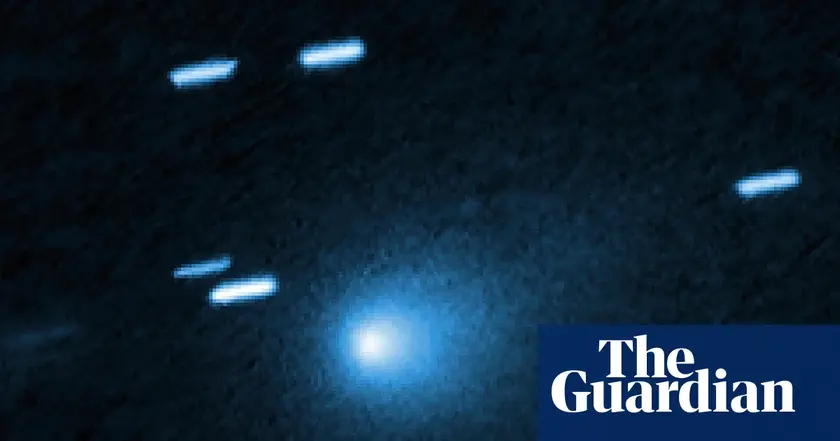
A rare visitor from outside the solar system, 3I Atlas offers scientists a first chance to study material from another star.
Interstellar comet 3I Atlas tests our view of other solar systems
3I Atlas is a visitor from outside the solar system. It was first detected in July and has since been imaged by the Hubble Space Telescope. Early measurements place its diameter between 320 meters and 5.6 kilometers, and its appearance resembles a hazy coma. The object presents a rare opportunity to study material from another star using spectroscopy to identify its chemical fingerprints.
The object travels on a hyperbolic orbit and is not bound to the Sun. It will sweep through the inner solar system, passing between Mars and Earth’s orbits before heading back into interstellar space. The closest approach to the Sun is expected between October and December at about 210 million kilometers, while the nearest distance to Earth is about 270 million kilometers. Scientists stress that 3I Atlas is not evidence of alien life, but a chance to compare distant planetary environments with our own.
Key Takeaways
"We have never had an object like this to study before."
Dr Rebecca Allen on novelty
"There is no evidence Atlas is anything other than a fun space rock."
Dr Laura Driessen on nature of the object
"We can use spectroscopy to understand exactly what that material is."
Allen on method
"This one is on a hyperbolic orbit."
Con Stoitsis on trajectory
The arrival of 3I Atlas challenges how we think about planet formation and what we can learn from a single sample of material from another star. It offers a rare chance to compare chemical fingerprints across stellar environments and see whether distant systems share conditions similar to our own.
There is also a communication and policy angle. Public fascination runs high and headlines can mislead. Continued investment in space telescopes and long term data collection will be essential to turn this visitor into lasting knowledge.
Highlights
- We have never had an object like this to study before.
- There is no evidence Atlas is anything other than a fun space rock.
- We can use spectroscopy to understand exactly what that material is.
- This one is on a hyperbolic orbit.
The universe still has surprises for those who watch closely.
Enjoyed this? Let your friends know!
Related News

NASA plans to study interstellar object with Juno spacecraft

Interstellar object 3I/ATLAS may emit its own light
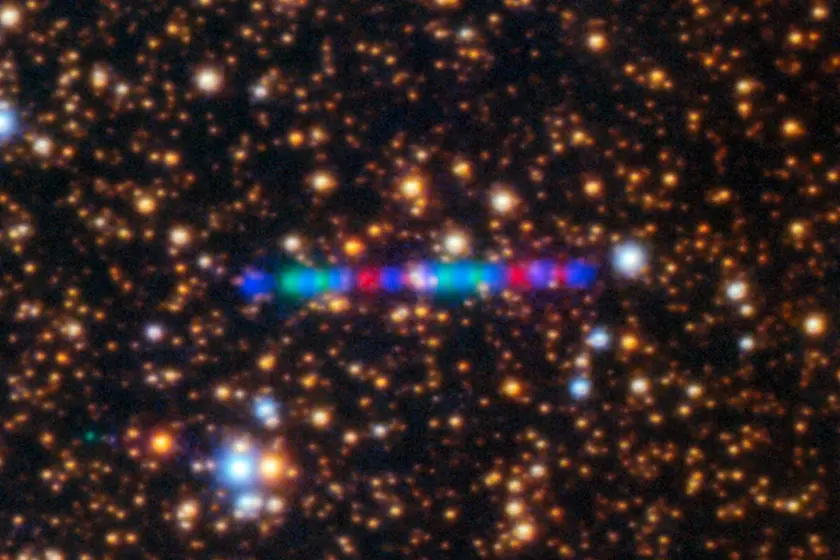
Gemini North images interstellar comet 3I/ATLAS
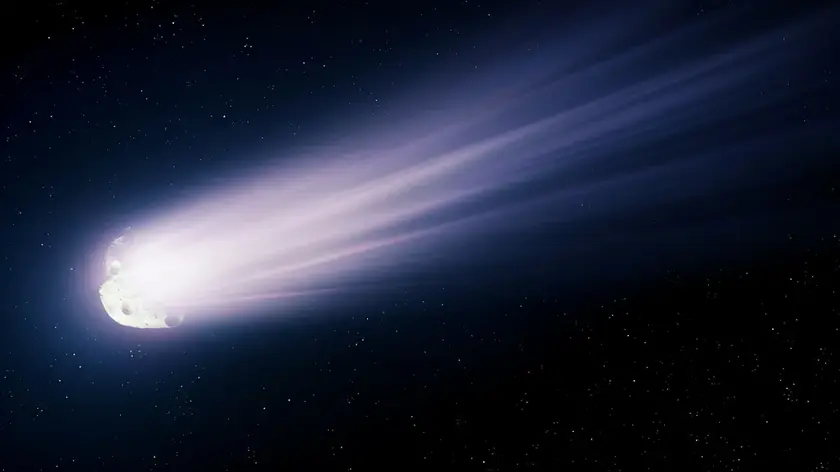
Interstellar Comet 3I/ATLAS Prompts Scientific Scrutiny
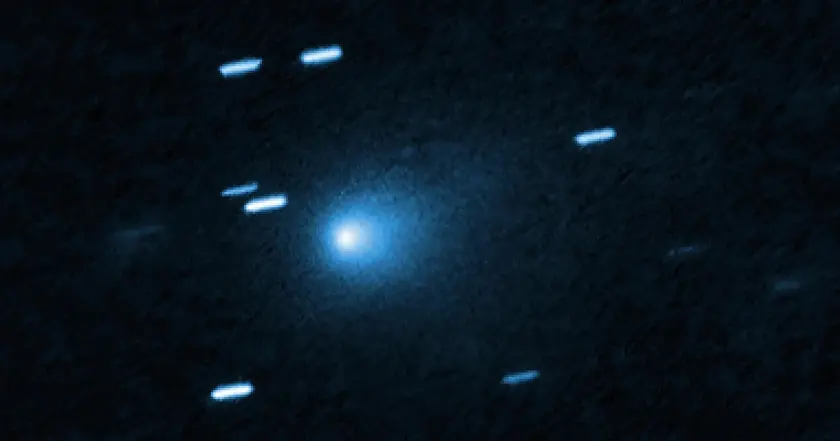
Hubble captures interstellar comet Atlas
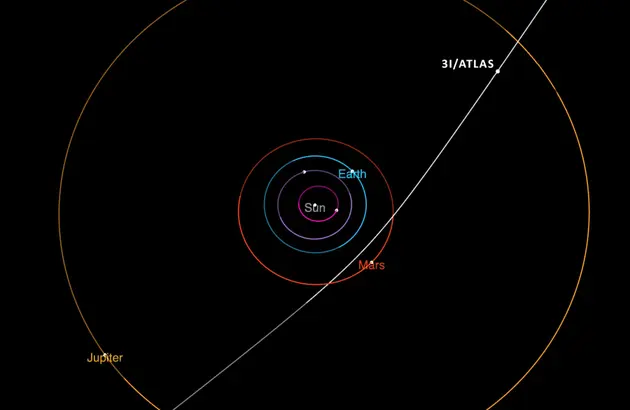
ASU's Kenneth Carrell comments on interstellar comet 3I/ATLAS
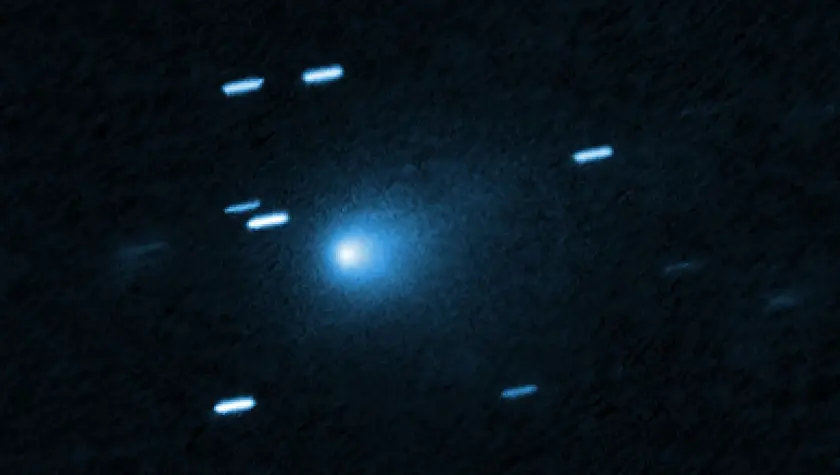
Interstellar Comet Breaks Speed Record
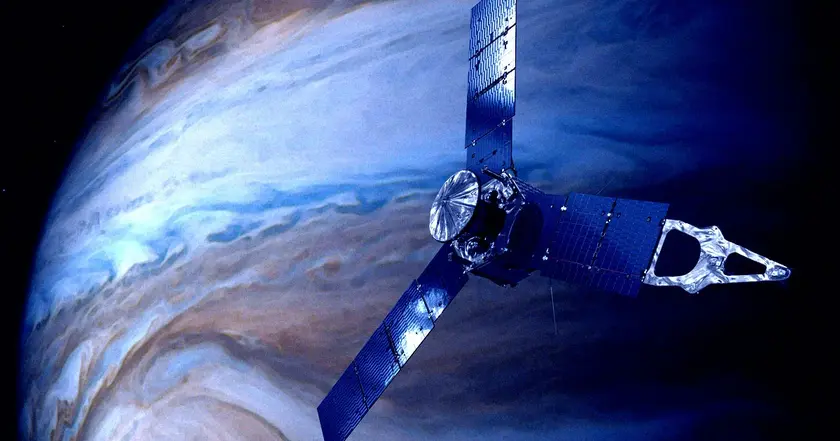
NASA weighs intercept of interstellar visitor 3I ATLAS
